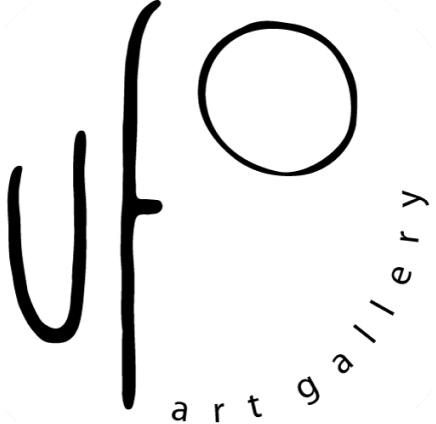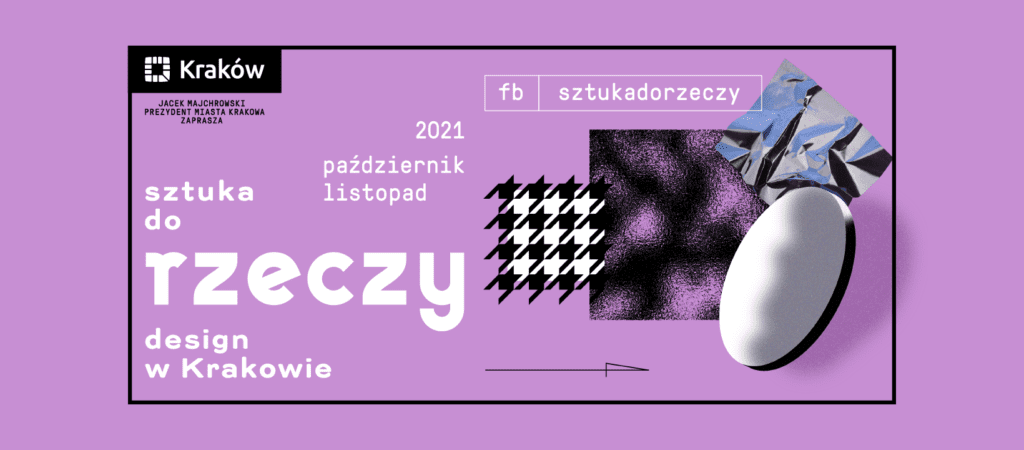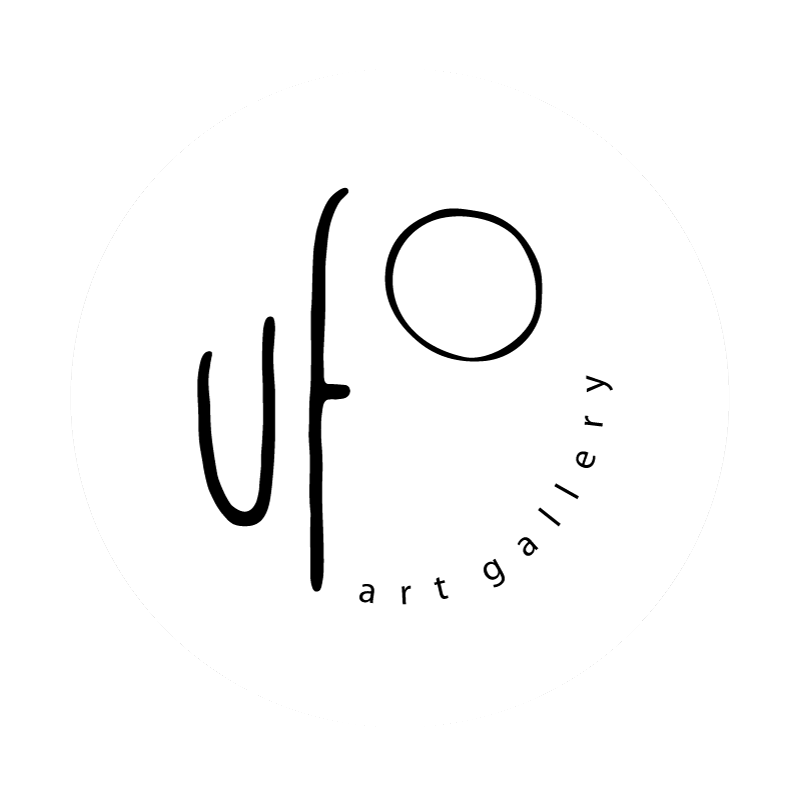Has the mystery already lost its existential meaning? Everything and everyone is at your fingertips, you can endlessly scroll with your finger on the touch screen… it’s just an appearance. CAMOUFLAGE is an exhibition about what is hidden, hidden and masked. Hidden because it’s important, mine, only for me. Out of fear of the truth, out of celebration, out of the need for intimacy.
The invited artists reveal to us the multidimensionality of the relationship between art and fashion. By removing subsequent layers, they show how these media penetrate each other, complement each other, and change their functions and meanings.
Weronika Ptak















